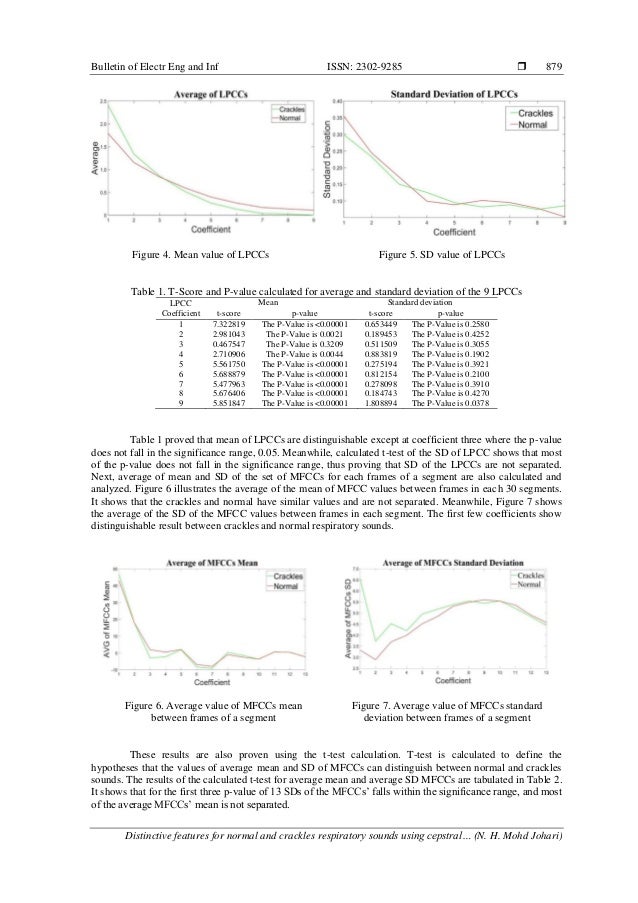
It was originally invented for characterizing the seismic echoes resulting from earthquakes and bomb explosions.

The cepstrum can be seen as information about the rate of change in the different spectrum bands. It can be implemented by multiplying by a window in the quefrency domain and then converting back to the frequency domain, resulting in a modified signal, i.e. A low-pass lifter is similar to a low-pass filter in the frequency domain. Playing further on the anagram theme, a filter that operates on a cepstrum might be called a lifter. The autocepstrum is more accurate than the cepstrum in the analysis of data with echoes. The autocepstrum is defined as the cepstrum of the autocorrelation. cepstrum is the empirically measured quantity, while kepstrum is the theoretical quantity. The kepstrum, which stands for "Kolmogorov-equation power-series time response", is similar to the cepstrum and has the same relation to it as expected value has to statistical average, i.e. This peak occurs in the cepstrum because the harmonics in the spectrum are periodic and the period corresponds to the fundamental frequency, since harmonics are integer multiples of the fundamental frequency. For example, if the sampling rate of an audio signal is 44100 Hz and there is a large peak in the cepstrum whose quefrency is 100 samples, the peak indicates the presence of a fundamental frequency that is 44100/100 = 441 Hz. The quefrency is a measure of time, though not in the sense of a signal in the time domain. The independent variable of a cepstral graph is called the quefrency. Phase spectrum = (complex cepstrum − time reversal of complex cepstrum) 2. The phase cepstrum (after phase spectrum) is related to the complex cepstrum as An example is the suppression of echo effects by suppression of certain quefrencies. Main application is the modification of the signal in the quefrency domain (liftering) as an analog operation to filtering in the spectral frequency domain. Where b is the base of the used logarithm. for a continuous Fourier transform, a discrete Fourier transform (DFT) or even a z-transform, as the z-transform is a generalization of the DFT. The following abbreviations are used in the formulas to explain the cepstrum:įourier transform: The abbreviation can stand i.e.

transformation to quefrency domain, where the final independent variable, the quefrency, has a time scale.computation of the logarithm of the spectral amplitude.transformation of a signal from the time domain to the frequency domain.The cepstrum is the result of following sequence of mathematical operations: The invented terms are defined in analogy to the older terms. The terms "quefrency", "alanysis", "cepstrum" and "saphe" were invented by the authors by rearranging the letters in frequency, analysis, spectrum, and phase. References to the Bogert paper, in a bibliography, are often edited incorrectly. Mathematically it deals with the problem of deconvolution of signals in the frequency space.


Such effects are related to noticeable echos or reflections in the signal, or to the occurrence of harmonic frequencies ( partials, overtones). It serves as a tool to investigate periodic structures in frequency spectra. The concept of the cepstrum was introduced in 1963 by B.


 0 kommentar(er)
0 kommentar(er)
